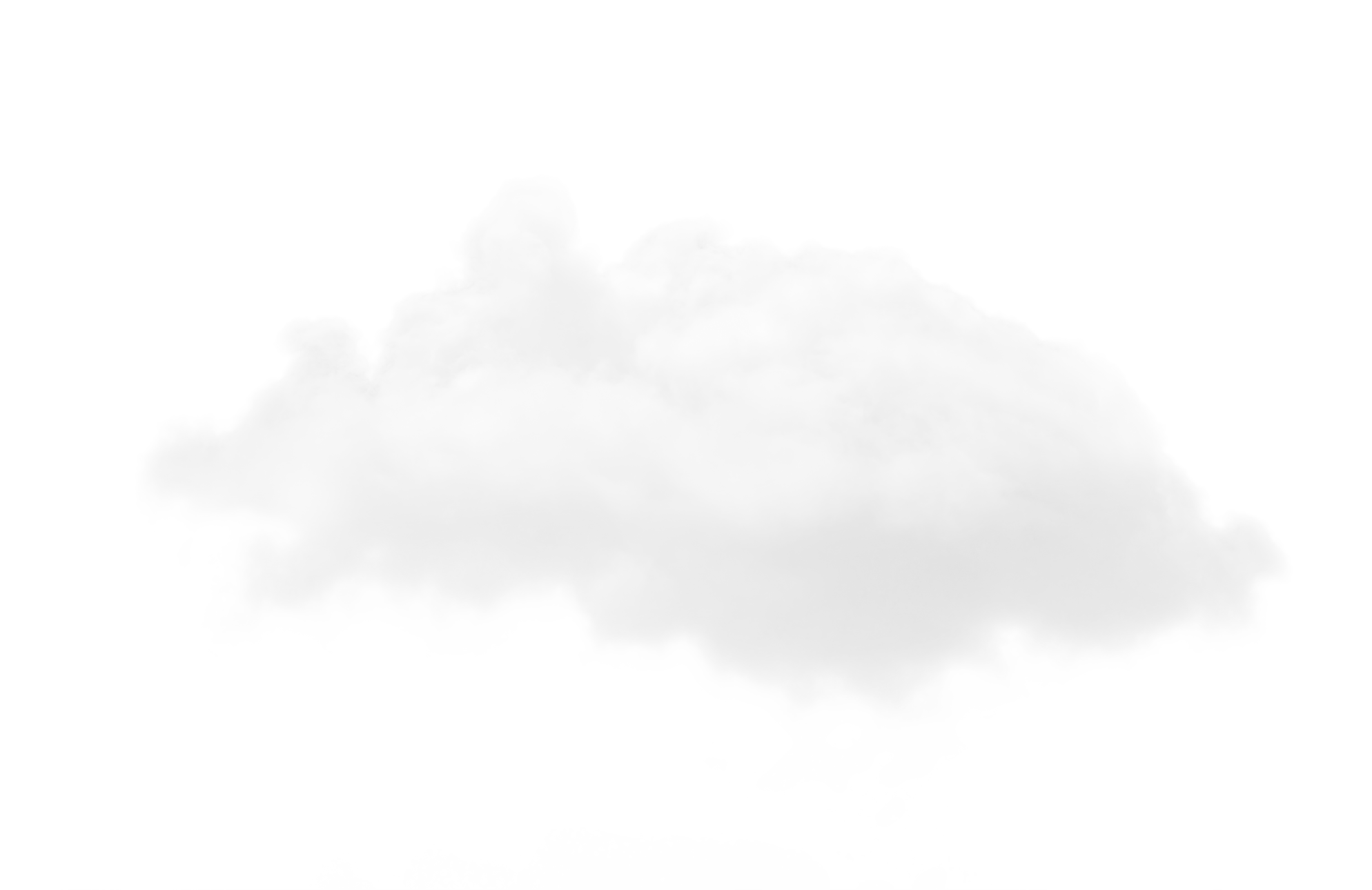
UGLY BEACH
Wrong Norma, Nieuve Insituut
MIARD, Rotterdam, 2025
Ugly Beach is a research-based multimedia work which, through a sculptural installation and a projected video, explores the notion of the “beach” not as a curated paradise, but as a space of contradictions regarding privilege, exclusion, and ecological instability.
Inspired by a disorienting encounter with yellowish sea foam in The Hague, the project questions dominant beach aesthetics shaped by massive tourism, media, and resource exploitation. The sea foam—both a material presence and a parable—becomes a figure of resistance aligned with Glissant’s notion of opacity, refusing to conform to postcard-perfect imagery or the transparent legibility demanded by tourism industries. Through its formless, uncanny, almost intoxicated appearance, and its chemical traces in the seas, the foam offers an alternative discourse: quietly challenging idealisation, appropriation, and the extractive treatment of landscapes, human labour, and natural phenomena.
The installation uses unstable materials such as agar-agar, foam, seawater, and sea foam as a material-parable to reflect the constantly changing, untamed properties and complexity that the beach, as concept and haptic context, carries. Projected on translucent curtains, the beach image merges with soundscapes, 3D prints, and a “stimulator of walking” projection satirizing bodies of varying proportions dominating and moving across the landscape, creating a surreal environment where human bodies dissolve into the surroundings just as geopolitical and psychosocial agency vanishes when peripheral lands are abused, occupied, or forced into unsustainable spaces.
Ugly Beach reclaims ugliness through the slime and irritating aesthetics of sea foam, using it as a lens to confront hidden, often oppressive ecological, social, and political systems beneath the idyllic image of the beach.
Photos by @silvia__arenas.jpg
2024 was the best year ever for the tourist sector on the Costa del Sol. Here are the figures: 14,47 million visitors – an increase of 3,17% over 2023.
Errancies
Research by wandering
2024 - 2025
🔗 Download the font .OTF file
A typeface project, developed from GPS-tracked routes collected during wanderings
on the overcrowded beaches of the Costa del Sol in peak tourist season, where the shore
turns into a dense field of bodies covering land and water. By translating these wanderings
into typographic characters, the project examines how movement and territor are converted
into machinic scripts — corridors between bodies still possible to traverse — forming
a speculative archive that reveals the fragile and unstable geographies hidden beneath
the postcard image of the overtouristic beach.
The Great Explorer
in progress
Entanglement
Rondo Sztuki
Katowice, 2025
Curated by: Zofia Małysa-Janczy
The installation situates itself at the intersection of past, present, and future, comprising a series of sculptures and objects that weave together personal and collective histories. Drawing on Donna Haraway’s concept of “templates for possible worlds and patterns for the kinds of times we might live in; material-semiotic renderings of worlds that have been, are, or might yet be,” the works include studies of plant- and animal-based biomaterials originating from the artist’s ancestral land, now incorporated as natural materiality within the interiority of the installations.
Elements reflect peasant ancestry, the expropriation of family land by the state, and intimate traces of domestic life—such as a bush digitally scanned from a grandmother’s land, once inhabited a century ago by both humans and animals.
The work resonates with ongoing efforts to reclaim the ancestral room of the grandmother’s house, a process spanning decades, and evokes the close yet distant relationships between humans, land, and non-human life. In this way, the installation becomes an exploration of entanglement, memory, and the material-semiotic threads connecting worlds past, present, and speculative.
Lullaby For Depressed River Mussels
MIARD, 2024
BioArt Laboratories, Dutch Design Week, 2025
The sound installation project, based on research, aims to create a lullaby for the endangered Depressed River Mussel. Human intervention and water regulation in the Biesbosch National Park, combined with noise pollution from ferries and motor vehicles, greatly affect freshwater mussels, which depend on clean, oxygenated water and stable sandy beds.
Research shows they are highly sensitive to anthropogenic noise, with low-frequency sounds causing stress, though they respond positively to natural sound. The installation uses hydrophone recordings of ferry noise and crushed mussel shells, combined with a sung folk lullaby, to create a poetic, ASMR-inspired experience. Sensory buttons made from latex shell casts trigger sound changes via Arduino, played through waterproof speakers hidden in 3D-printed shell boxes. A hydrophone allows to engage with the mussels' perspective, exploring a speculative experience.